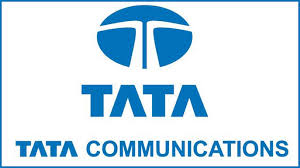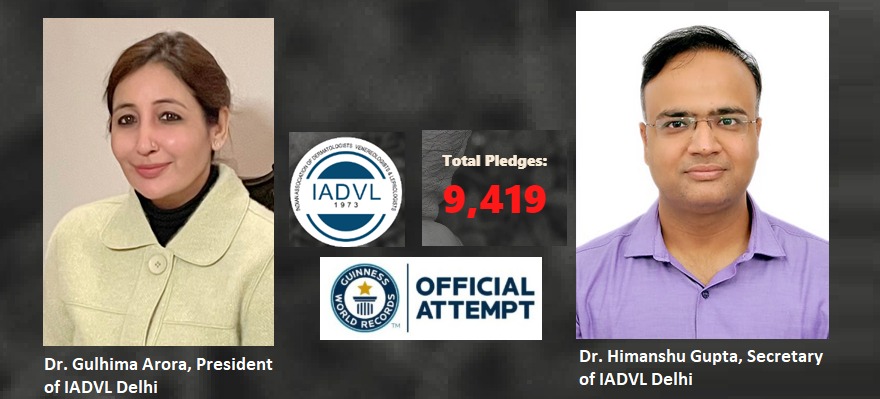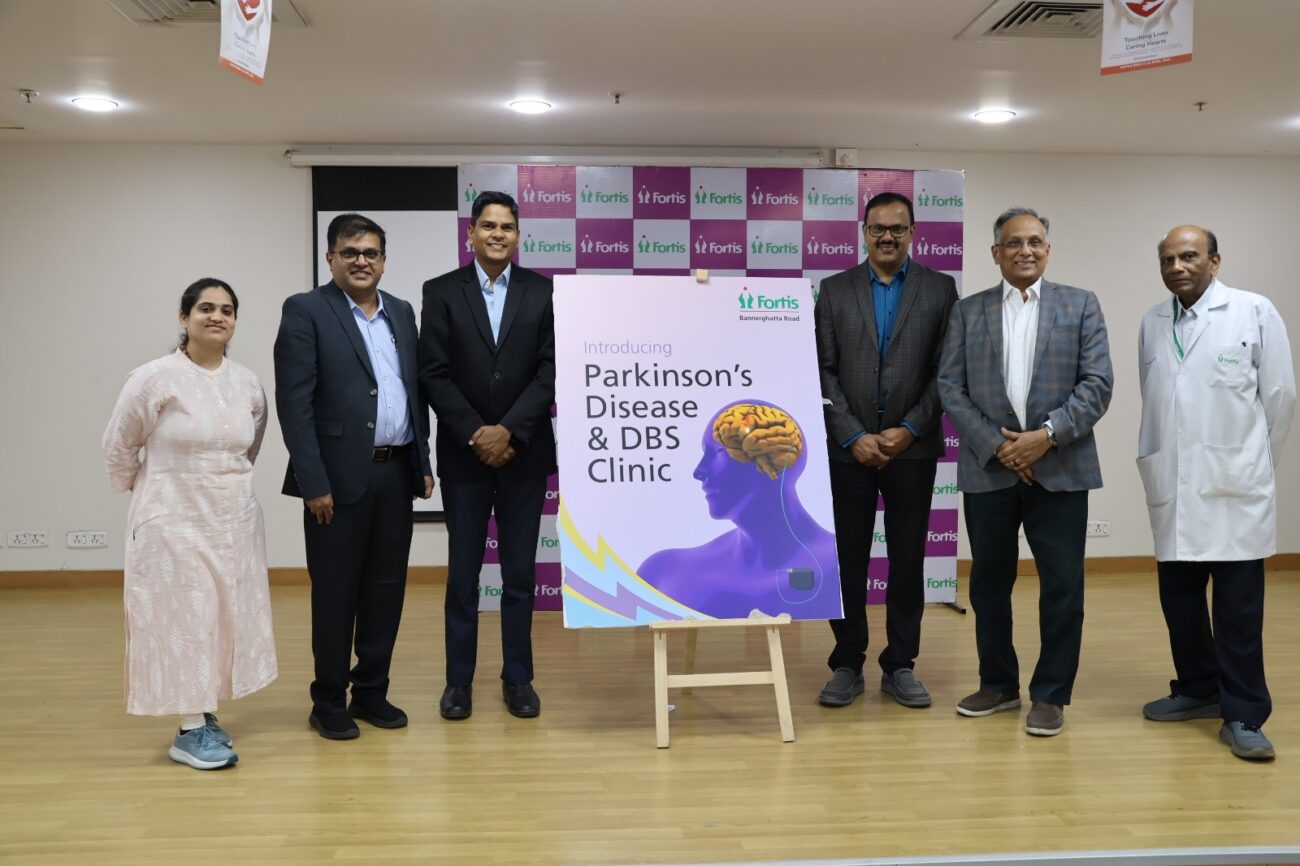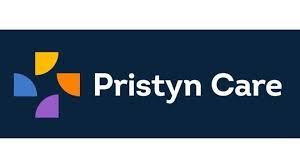Young Adults account for roughly 14% of stroke patients today Dr. Surabhi Chaturvedi, Consultant Neurologist and Stroke Specialist, Trilife Hospital.
Stroke has been one of the most devastating health conditions that was long associated with mainly elderly people. However, over the last few years, strokes are fast becoming more and more common in younger individuals.

Stroke has been one of the most devastating health conditions that was long associated with mainly elderly people. However, over the last few years, strokes are fast becoming more and more common in younger individuals. The consequence of a stroke can be dire, especially if not treated on time, especially in young adults and children. It is an alarming reality that a substantial proportion of young individuals with stroke find it extremely difficult to return to work, given that they are not treated on time and this number is only increasing over time.
The prevalence of stroke in young adults, typically defined as individuals aged less than 50 years, is estimated to make up about 10 to 14% of all stroke cases. Shockingly, stroke can even occur in children, with neonates being the group with the highest incidence of ischemic stroke. In the past, significant delays in diagnosis contributed to the relative rarity of ischemic stroke in children and young adults. While the risk factors for stroke differ between these age groups, early recognition and treatment are crucial for reducing the long-term impact. The primary contributors to stroke in young adults are often related to lifestyle and habits.
Primarily, tobacco smoking, physical inactivity, hypertension, dyslipidaemia, and other cardiovascular diseases are significant risk factors. Tobacco smoking has been a significant risk factor for stroke, irrespective of age. It leads to the buildup of fatty deposits, increasing the risk of clots and blood vessel rupture and damages blood vessels. Physical inactivity can lead to obesity and other cardiovascular risk factors, making it another common factor in young adult stroke cases. Hypertension, or high blood pressure, is a silent killer that radically raises the risk of stroke.
Controlling blood pressure through lifestyle changes and, if necessary, medications is crucial for stroke prevention. Dyslipidaemia, which involves high levels of unhealthy lipids in the blood, can lead to the buildup of plaque in arteries, further increasing stroke risk. Stroke can cause a range of disabilities, from physical impairments to cognitive deficits which makes it a challenge for many of them to resume their careers, complete higher or skill education or attain personal career goals.
The severity of these impairments can vary significantly from one individual to another, but it’s often a life-altering event, especially when not treated on time. Support services and rehabilitation play a vital role in young stroke survivors who are seeking to get back to work. These services include physiotherapy, occupational therapy, speech therapy and psychological counselling.
The goal of such services should be not only to regain lost physical abilities but also to help patients get over the physical, emotional and social challenges that are commonly associated with a stroke. The rising prevalence of stroke in young adults and children is a concerning trend in modern healthcare. While the risk factors for these age groups differ, the impact of stroke on their lives is equally devastating.






